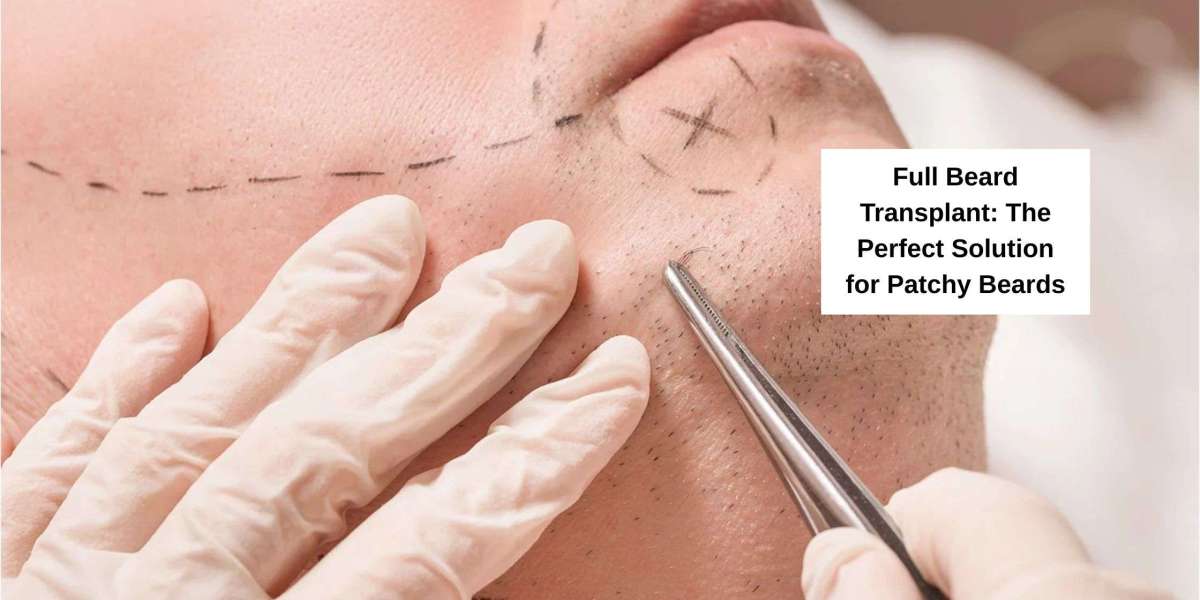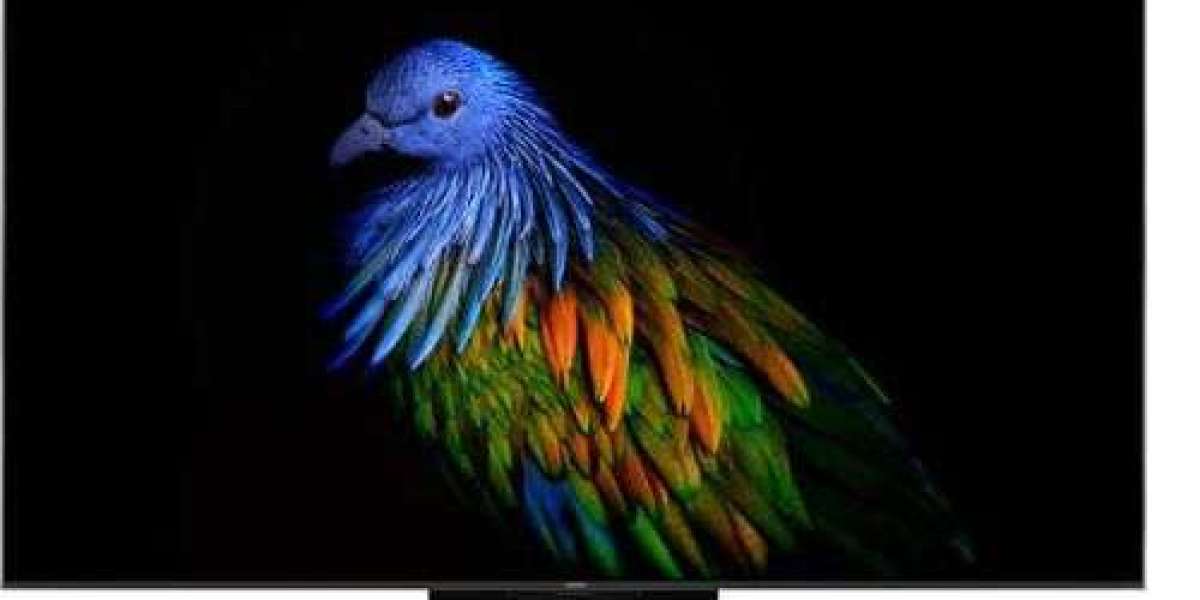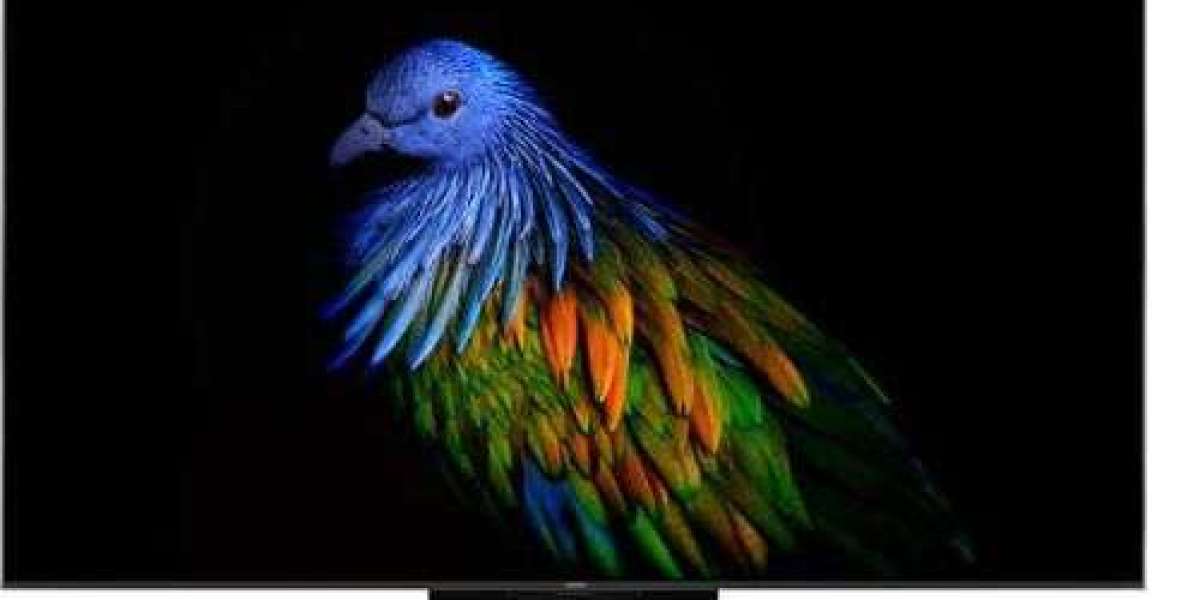A full, thick beard is often seen as a symbol of masculinity, style, and confidence. Many men, however, struggle with patchy or uneven facial hair that affects their overall appearance. Patchy beards can be caused by genetics, hormonal imbalances, scarring, or even stress. For men who want a permanent solution to achieve a dense and natural-looking beard, a full beard transplant has emerged as the most effective option. Unlike temporary remedies such as beard growth oils or cosmetics, this procedure provides long-lasting results that restore confidence and facial harmony.
Understanding Patchy Beards
Patchy beards occur when certain areas of the facial hair grow sparsely, leaving gaps or uneven patterns. Common causes include:
- Genetics: Genetics largely determine how thick and evenly your beard grows. If patchy beards run in your family, you may also face this issue. If men in your family have patchy beards, you may also experience similar growth.
- Hormonal Imbalances Hormonal issues, including low testosterone, may interfere with proper beard development.
- Scarring: Injuries, burns, or previous surgical procedures can prevent hair from growing in affected areas.
- Age and Lifestyle: Younger men may experience delayed beard growth, while factors such as stress, poor diet, or smoking can impact hair density.
Patchy beards can have a psychological impact, lowering confidence and discouraging men from trying new beard styles. This is where a full beard transplant becomes a viable solution, offering a natural-looking transformation.
What is a Full Beard Transplant?
A full beard transplant is a surgical procedure that moves hair follicles from a donor area, usually the back or sides of the scalp, to the sparse regions of the beard. This procedure ensures that the transplanted hairs match the natural texture, density, and direction of your existing facial hair. There are two primary techniques used in beard transplants:
- Follicular Unit Extraction (FUE): Individual follicles are extracted and implanted into the beard area. This method leaves minimal scarring and is highly precise.
- Follicular Unit Transplantation (FUT): A strip of scalp is removed and dissected into individual grafts before implantation. This technique allows for the transplantation of multiple follicles in a single session, although a linear scar may remain at the donor site.
Both techniques aim to create a natural, full beard that complements your facial features.
Who is an Ideal Candidate?
Not everyone is suitable for a full beard transplant. Ideal candidates typically include men who:
- Have patchy or uneven beard growth.
- Have scars or burns in the beard region that prevent hair growth.
- Possess sufficient donor hair on the scalp for transplantation.
- They are in good general health and free from conditions that could affect healing.
During a consultation, a skilled surgeon evaluates hair quality, density, and facial structure to design a beard that looks natural and proportional.
The Procedure Step-by-Step
Understanding the procedure can ease any concerns:
- Consultation: A detailed discussion is conducted to assess your goals, examine your facial hair, and plan the ideal beard design.
- Anaesthesia: Local anaesthesia ensures a pain-free experience during the transplant.
- Donor Hair Extraction: Donor hair is extracted from the scalp using FUE or FUT techniques.
- Graft Preparation: The extracted follicles are carefully prepared for transplantation to maximize their survival and growth.
- Implantation: Follicles are meticulously implanted into the beard area, following natural hair growth patterns.
- Post-Procedure Care: Patients receive detailed instructions on caring for the transplanted area and promoting healing.
This precise approach ensures that the transplanted beard grows naturally, giving a seamless, thick appearance.
Recovery and Results
Recovery from a full beard transplant is generally straightforward. Most patients experience mild swelling, redness, or scabbing for the first few days after treatment. Transplanted hairs may initially shed, which is a normal process; new growth typically appears within 3 to 6 months after transplantation. Visible results generally occur between 9 and 12 months. Proper aftercare, including avoiding direct sunlight, refraining from strenuous activities, and following the surgeon's guidance, is essential for optimal results. Once healed, the transplanted hairs grow just like natural facial hair, requiring no special maintenance.
Benefits of a Full Beard Transplant
A full beard transplant offers several advantages:
- Permanent Solution: Unlike temporary products, this procedure provides long-lasting results.
- Natural Appearance: The careful placement of follicles ensures that the beard appears dense and authentic.
- Enhanced Confidence: Growing a full beard can boost self-esteem and unlock new grooming possibilities.
- Customizable Designs: Patients can choose their preferred beard style, ranging from a subtle stubble to a bold, full beard.
Overall, the procedure is a safe & effective way to transform patchy facial hair into a statement of style.
Conclusion
A full beard transplant is the ultimate solution for men struggling with patchy or thin facial hair. By restoring density, symmetry, and natural growth patterns, this procedure provides long-lasting results and boosts confidence. Choosing an experienced clinic is crucial for success. For those seeking top-tier care and expert results in the Los Angeles area, Beverly Hills Hair Restoration offers personalized beard transplant services tailored to individual needs, ensuring a natural, full beard that enhances both appearance and self-esteem.














